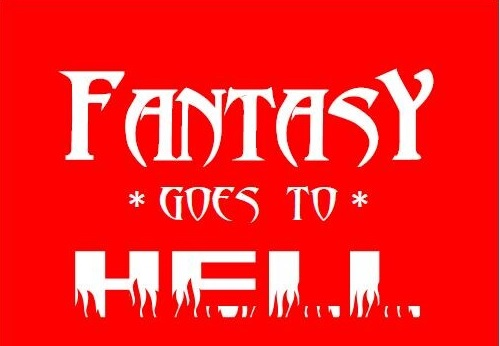Loading...
Event Website
https://www.mythsoc.org/oms/oms-2023.htm
Start Date
8-5-2023 11:00 AM
End Date
8-5-2023 11:50 AM
Description
The paper will examine the nature of the damned in Jeffrey Konvitz’s 1970s pulp horror novel The Sentinel by using a framework utilized by C.S. Lewis in The Great Divorce, wherein damnation involves a species of spiritual blindness that masquerades as righteousness and shields the damned (for a time) from an awareness of their ultimate condition. Specifically, the paper will provide a character analysis of the co-protagonist Michael, arguably one of Konvitz’s more complex literary creations, and the role he plays in briefly elevating a generic genre-contrived plot into the realm of true spiritual horror. While making such a claim for a character from a popular horror novel might seem pretentious, it is worth noting that Lewis himself acknowledged the ability of even minor writers and poets to contrive compelling images that expose the deformities of the damned. This paper argues that Konvitz has achieved the same effect—a pulp version of the denizens of Dante’s Inferno that serves as a reflection of the form these deformities may take in the era of postmodernity.
Creative Commons License

This work is licensed under a Creative Commons Attribution-NonCommercial-No Derivative Works 4.0 International License.
Included in
Children's and Young Adult Literature Commons, Comparative Literature Commons, Digital Humanities Commons, European Languages and Societies Commons, Literature in English, Anglophone outside British Isles and North America Commons, Literature in English, British Isles Commons, Literature in English, North America, Ethnic and Cultural Minority Commons, Medieval Studies Commons, Modern Languages Commons, Modern Literature Commons, Other English Language and Literature Commons
The Righteousness of the Damned in Jeffrey Konvitz’s The Sentinel
The paper will examine the nature of the damned in Jeffrey Konvitz’s 1970s pulp horror novel The Sentinel by using a framework utilized by C.S. Lewis in The Great Divorce, wherein damnation involves a species of spiritual blindness that masquerades as righteousness and shields the damned (for a time) from an awareness of their ultimate condition. Specifically, the paper will provide a character analysis of the co-protagonist Michael, arguably one of Konvitz’s more complex literary creations, and the role he plays in briefly elevating a generic genre-contrived plot into the realm of true spiritual horror. While making such a claim for a character from a popular horror novel might seem pretentious, it is worth noting that Lewis himself acknowledged the ability of even minor writers and poets to contrive compelling images that expose the deformities of the damned. This paper argues that Konvitz has achieved the same effect—a pulp version of the denizens of Dante’s Inferno that serves as a reflection of the form these deformities may take in the era of postmodernity.



Comments
SESSION I
11:00 AM—11:50 Eastern
10:00 AM—10:50 Central
9:00 AM—9:50 Mountain
8:00 AM—8:50 Pacific
3:00 PM—3:50 GMT